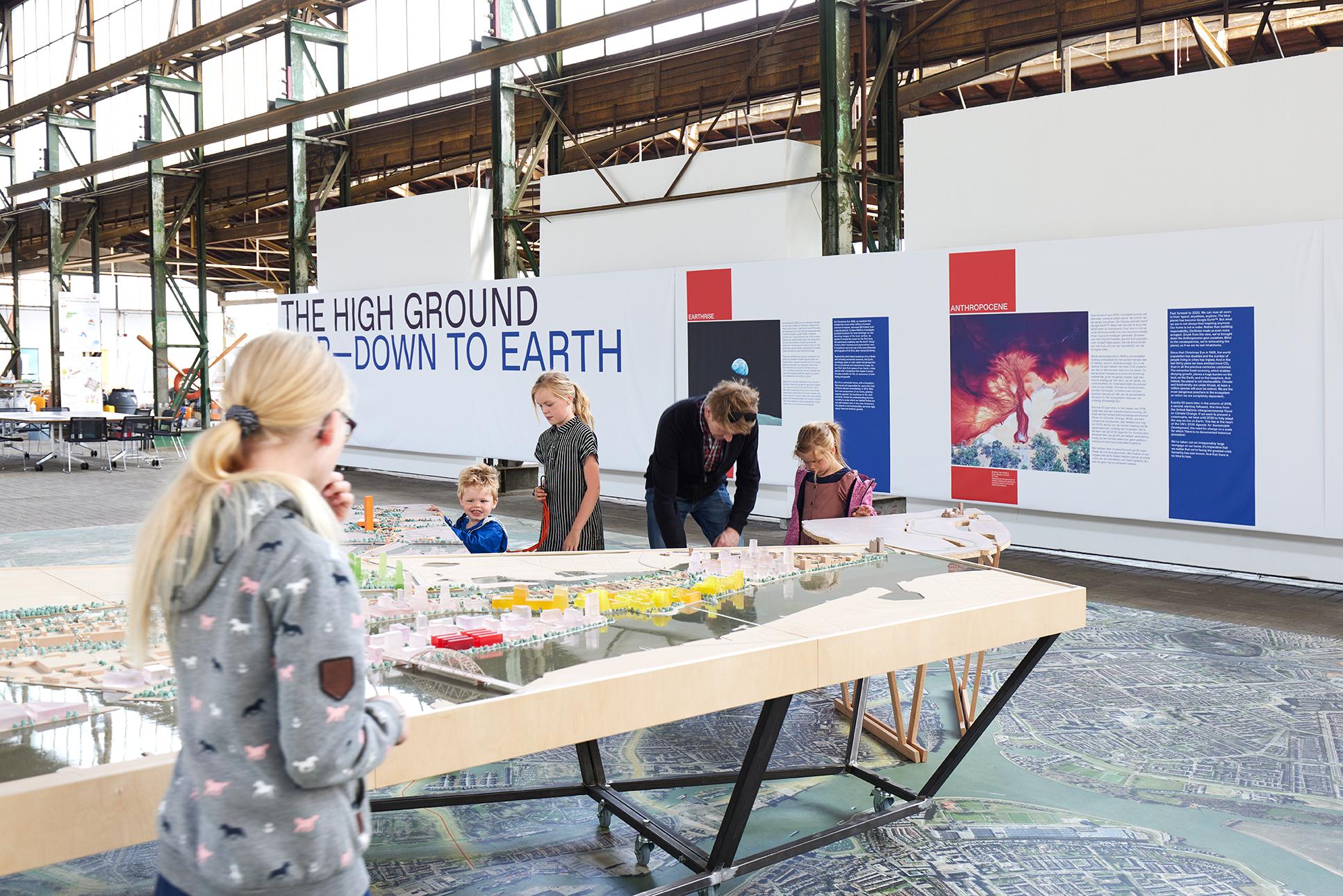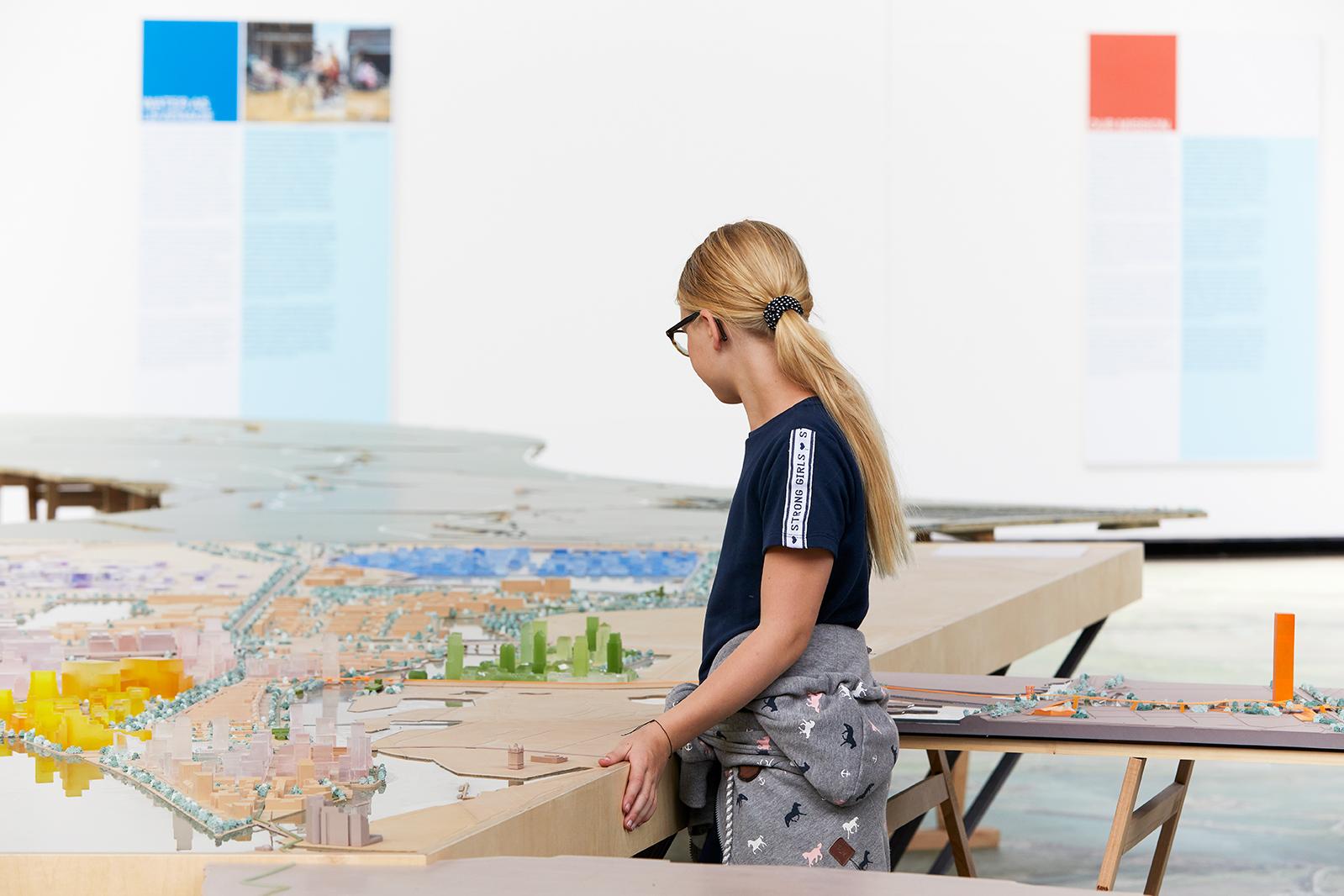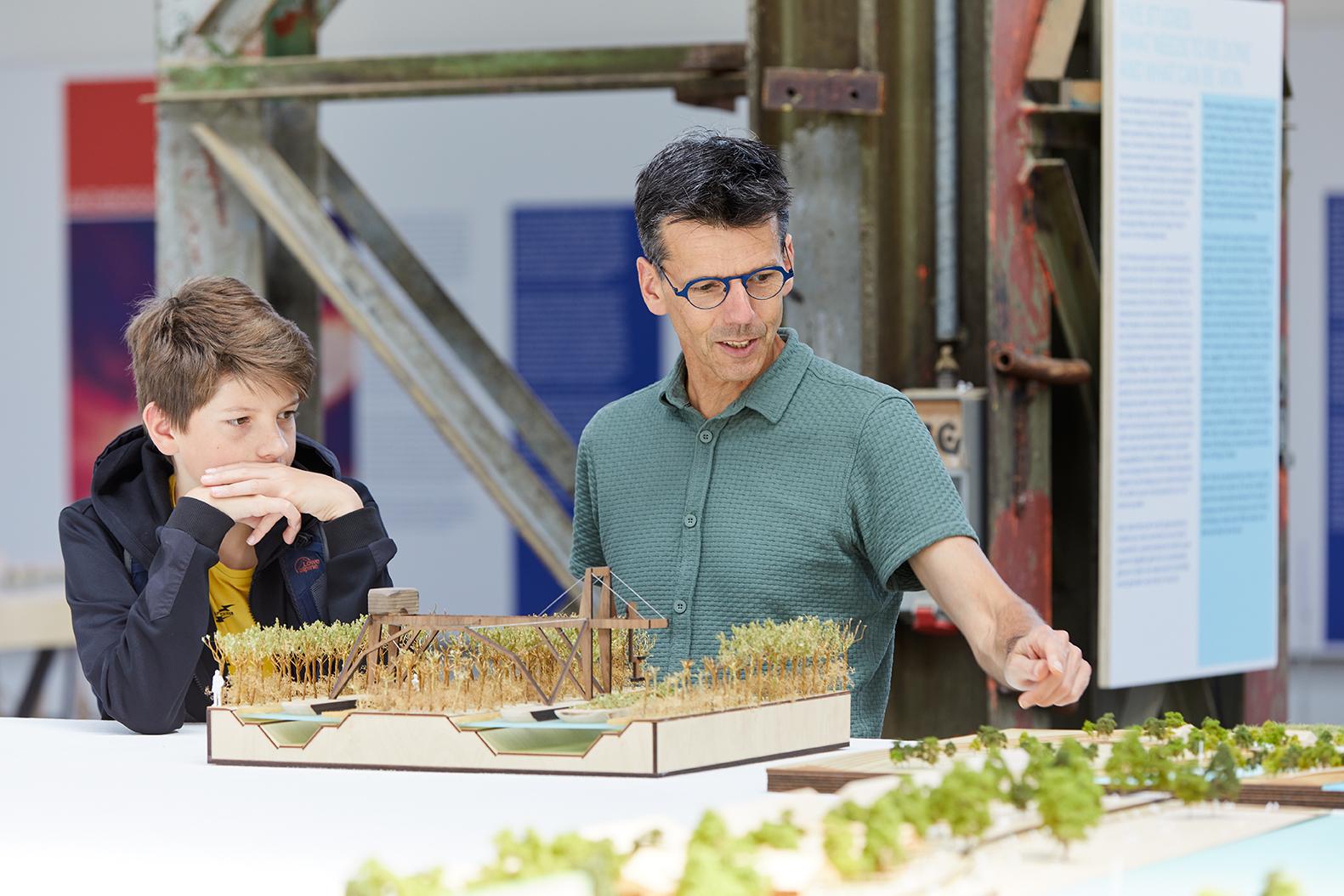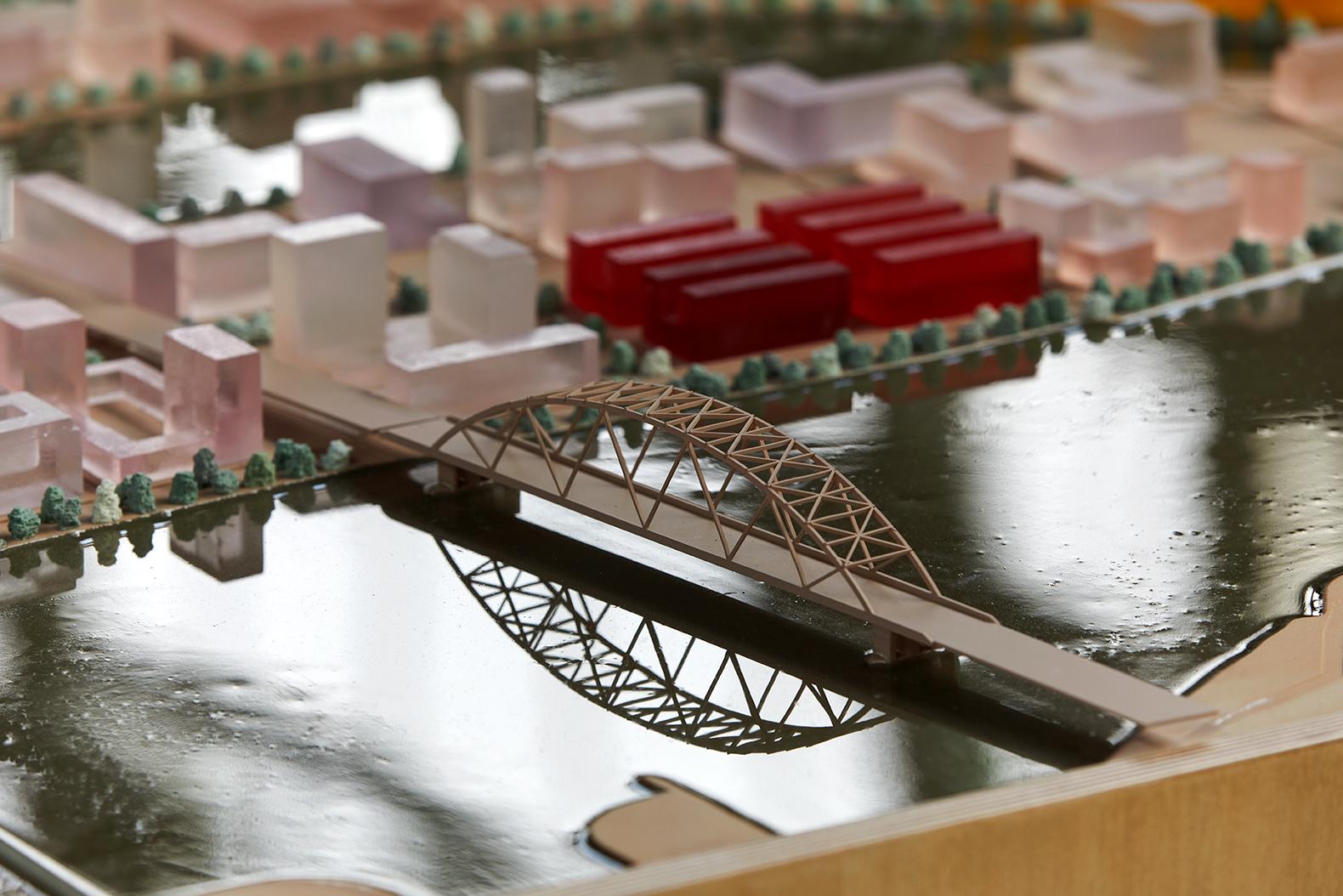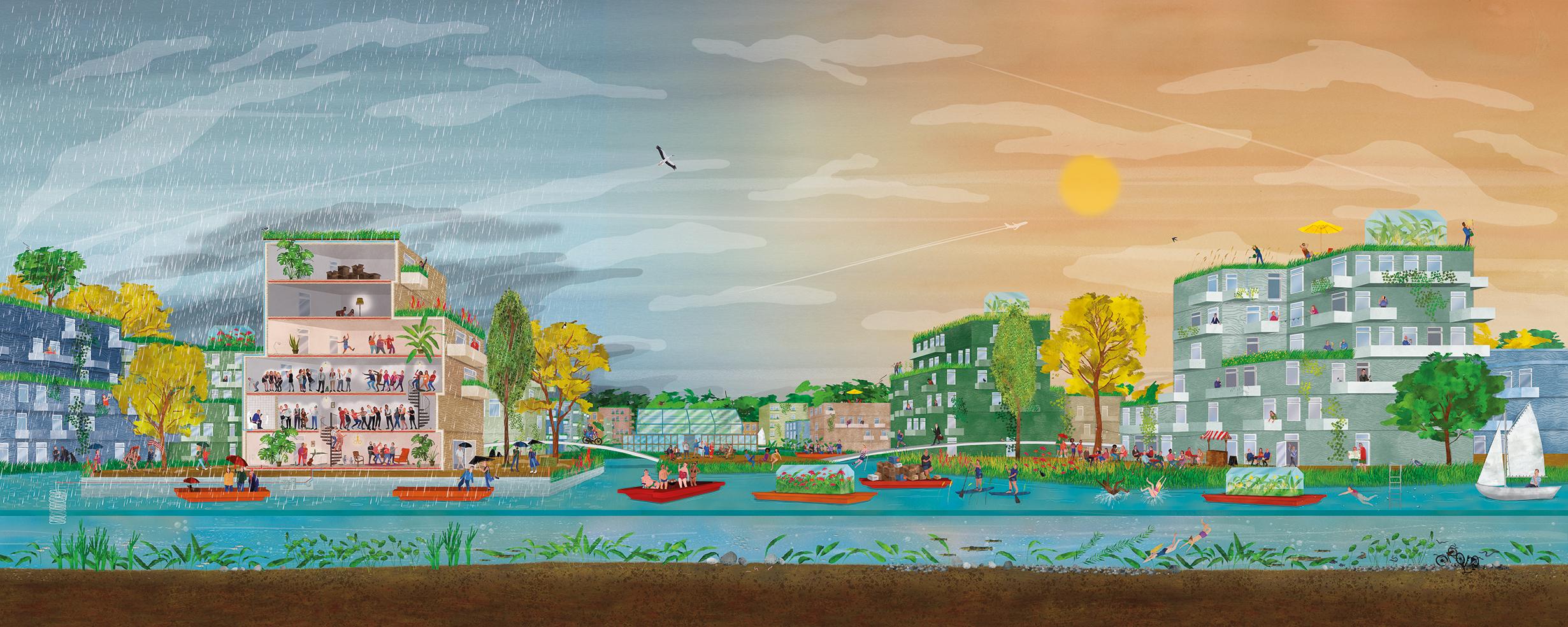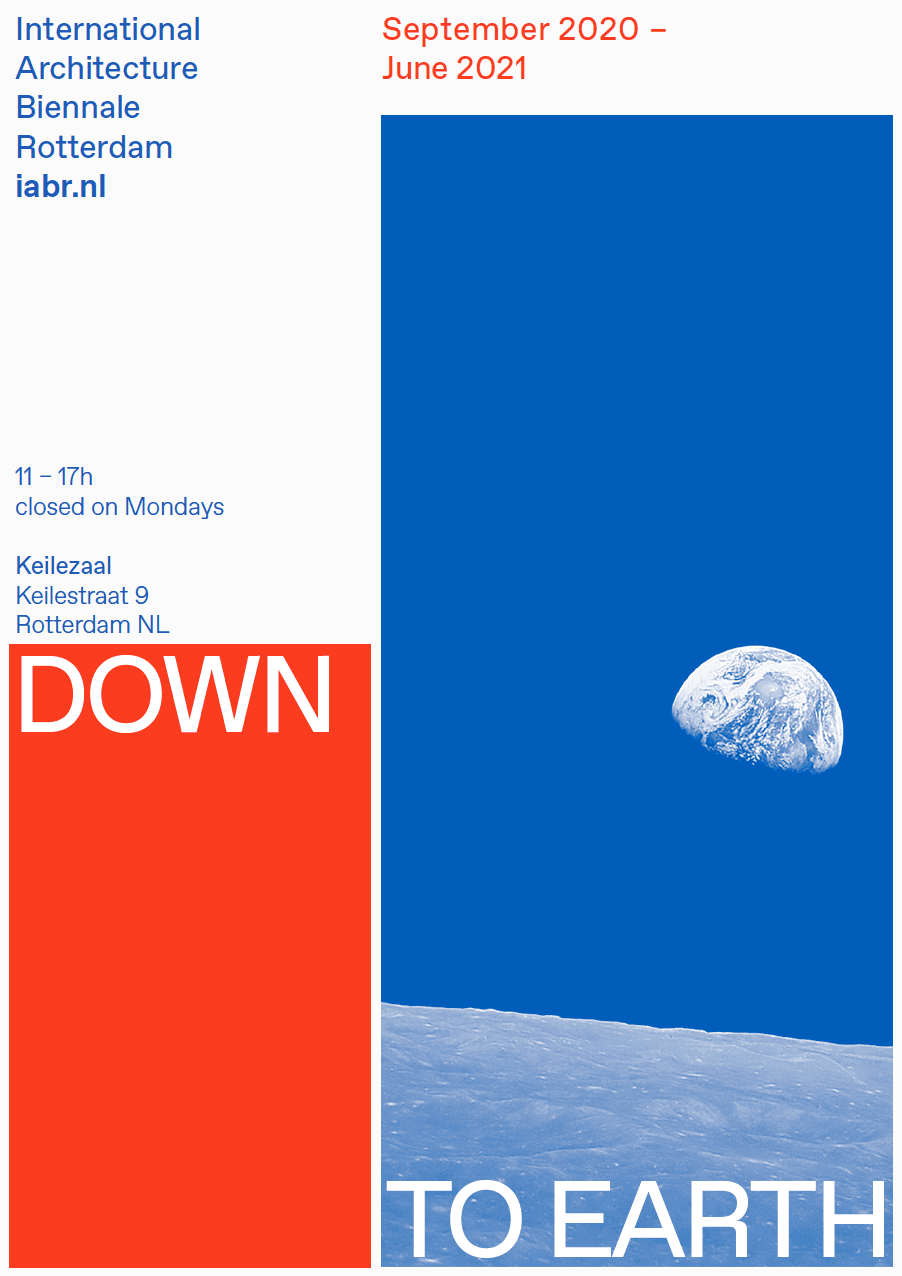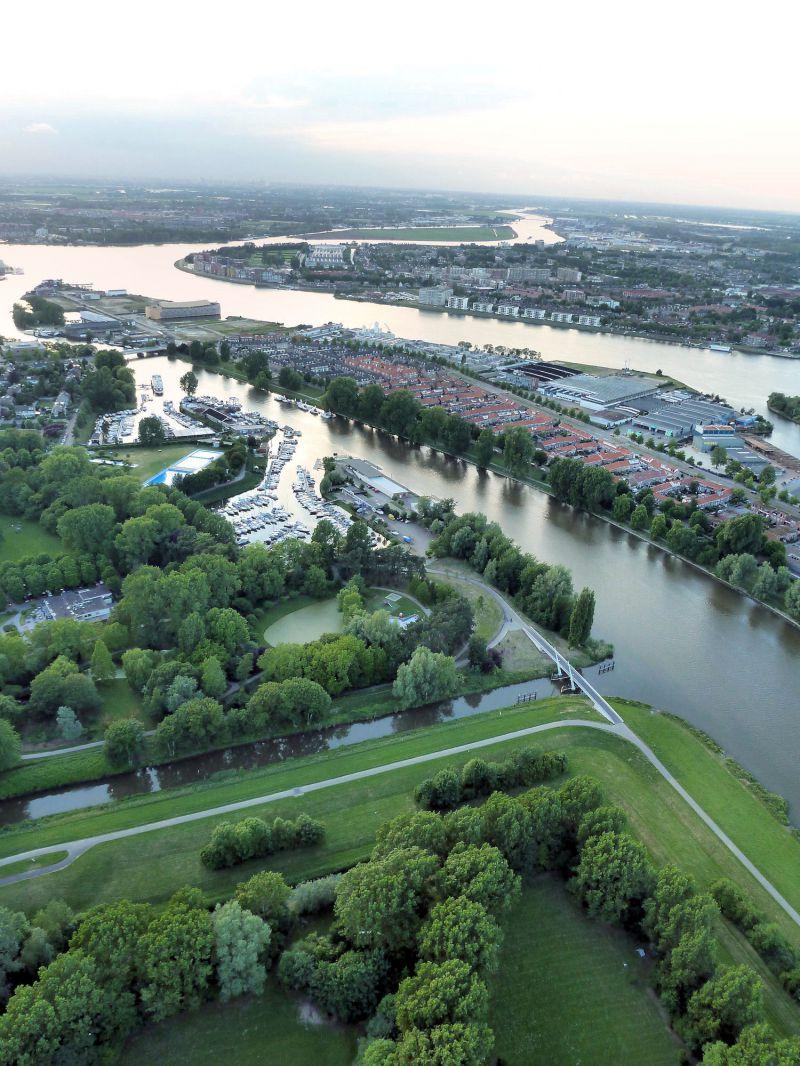Choosing sustainable and inclusive urban development with water safety as a starting point will create opportunities, since this approach requires that flexible public space be available on De Staart at all times so that the extra square meters needed for peak shelter during a disaster can be quickly realized. Addressing the issue of additional space for evacuation shelters and other emergency facilities in the design process can result in a city where people not only live and work, but where there is also space for recreation, education, and other public facilities. This can be achieved by taking a different approach, to both buildings and outdoor spaces.
This leverage approach – where adaptations related to water safety help an area move forward – requires that De Staart always be easily and quickly accessible. This entails new, good connections in and with the city, and between the city and the region, which will also create good access to green spaces and water. The Wantij can be designed as a tidal park. This will have a positive impact on nature, increase recreational opportunities for the city and the region, and improve the quality of life on De Staart. Living on the water, in and with space for nature, will become a serious option.
